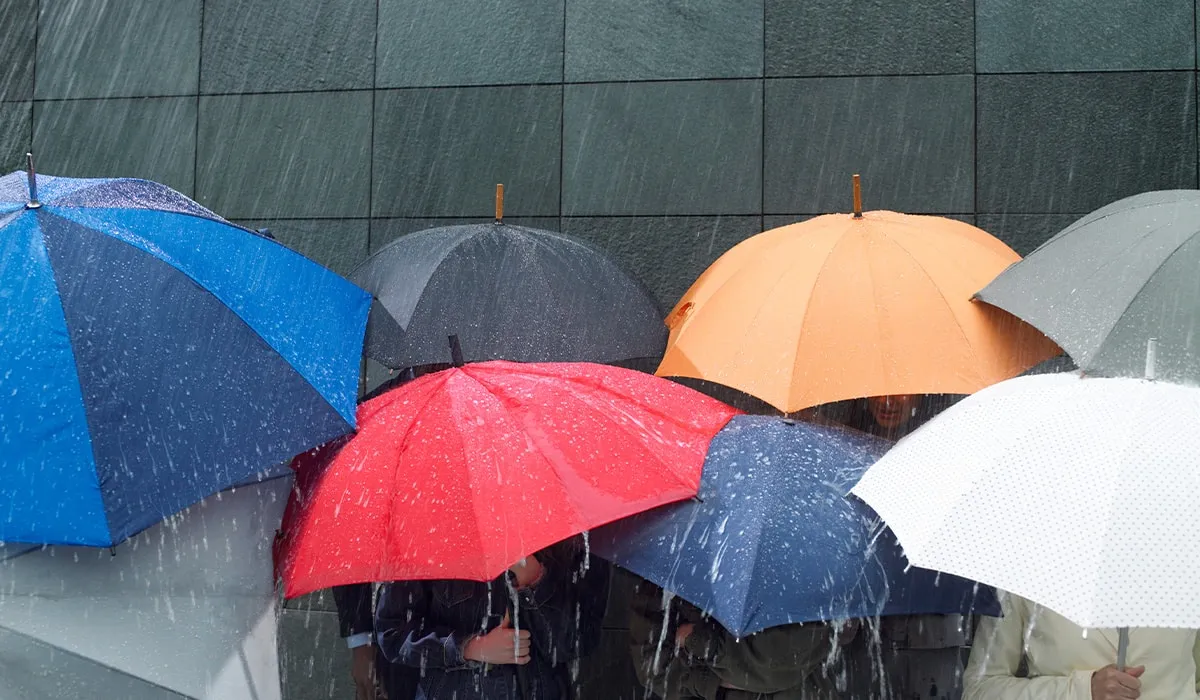There Has Been A $13.5 Billion Increase In Us Online Sales This Year Due To Bad Weather
When sales are down, retailers usually point the finger at the weather, but the emergence of e-commerce may be stripping them of that defense.
According to a survey released on Wednesday by Adobe Inc., bad weather will increase US internet spending by $13.5 billion this year, or approximately 3% more than in 2017. The research, which is the first of its sort conducted by the software vendor and its e-commerce research group, is based on a review of prior purchasing trends as well as information gathered by the Weather Co., a division of IBM Corp.
According to Adobe, a light rainstorm may encourage more consumers to shop online or on their phones.
In light of the shift in consumer spending to online channels, the findings may enable marketers and merchants to predict consumer behavior more precisely and provide them with a new tool. Of course, the exact impacts may vary depending on the weather, and they will occur periodically throughout the year. But, according to Adobe, combined sales caused by severe weather are greater than Cyber Monday, the most popular shopping holiday of the year, which brought in $11.3 billion in 2017.
Vivek Pandya, an analyst at Adobe, stated that "we view this as having tremendous consequences for brands throughout the country," adding that responding to weather can allow businesses to fine-tune their marketing and supply chains. "We always presume that the weather has some bearing on consumer spending and behavior. This has been truly able to show the immensity."
While poor weather causes customers to stay at home, which has historically reduced brick-and-mortar stores' income, certain gains take place. But, consumers who are confined to their homes now buy things using money they might have otherwise spend on services like dining out, bolstering e-commerce figures.
Another Abode analyst, Costa Lasiy, commented, "It's remarkable to observe this sort of effect show through the data so clearly.
Although the effect varies based on the specific circumstances, Adobe came to the following general conclusions:
Rain accounts for $8.7 billion of the increase in online purchases. The effect peaks at 0.8 to 1 inch (2.5 cm) of precipitation, which corresponds to three hours of heavy rain. Also, weekends and the fall are when shopping gains are the greatest.
Although wind is predicted to increase internet sales by $4.4 billion, it only goes so far. E-commerce dwindles at speeds of greater than 25 miles per hour (40 kilometers per hour) as people's attention is drawn by the wind. Regional variations also exist. Atlanta's e-commerce declines as a result of the strong winds, whereas Chicago's customers continue to spend money under the same circumstances.
Snow provides a little benefit, with regional differences. Even a little snow reduces sales because people are more concerned about the weather in places with low snowfall totals, including Charlotte, North Carolina, and Austin, Texas. In areas such as New York and Seattle, snow drives people to remain home and shop more online.

Subscribe to our newsletter!
As a leading independent research provider, TradeAlgo keeps you connected from anywhere.








